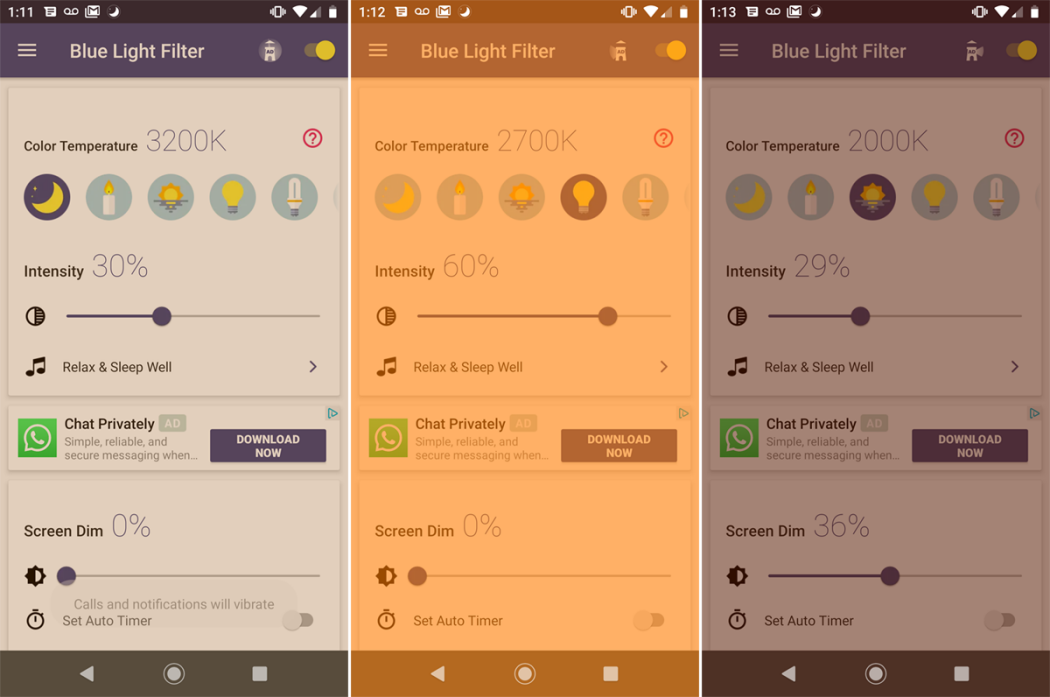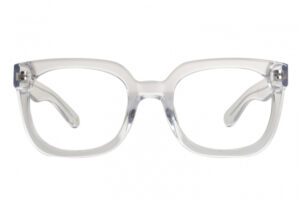You’re just checking that one last email before bed, one last message to that special someone that gives you butterflies, one last cat video. But if you don’t learn how to block blue light, you’ll be lying awake for hours after putting your phone away.
One of the biggest reasons you may be having trouble falling asleep is the blue light blasting out of your electronic device.
The artificial light produced by smartphones disrupts all your natural night-time triggers and can be a major contributor to your difficulty falling asleep.
The good news is that there are lots of solutions that can help.
Keep reading to learn about how to block blue light so that playing your last level of Candy Crush doesn’t necessarily doom you to hours of tossing and turning.
How Does Blue Light Affect Sleep?
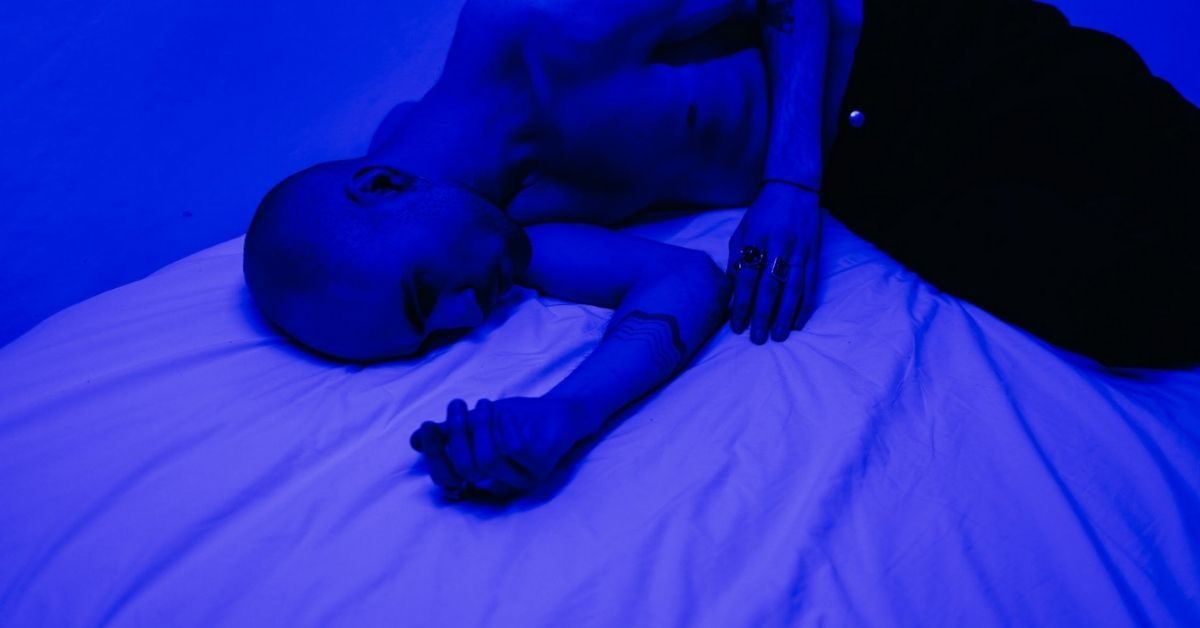
The biggest issue with using your electronic device before bed is blue light.
Exposure to artificial light from screens is a relatively new phenomenon for humans. Until the lightbulb was invented, sun and fire were the only real sources of bright light. People spent evenings in relative darkness, which is not the case nowadays.
Blue light is a wavelength in the light spectrum that boosts attention, reaction times, and even mood. This is helpful during the day, but not at night when you’re trying to sleep.
This exposure to blue light at night can throw off your natural biological clock, known as your circadian rhythm. This internal circadian clock essentially regulates your sleep cycles and, if disrupted, can seriously affect your ability to drift off.
Research also shows that disrupting this rhythm may contribute to numerous serious health concerns like weight gain, cancer, heart disease, and diabetes.
Too much exposure before bedtime disrupts the production and secretion of melatonin, the main sleep-regulating hormone, leaving you lying awake at night. If your melatonin levels are too low, it makes falling asleep a real challenge.
There’s hope! Research on this modern-day health concern shows that controlling blue light exposure can help with melatonin secretion and sleep.
Read on to learn about how to block this blue light in the evening to help you get a better night’s sleep.
How to Block Blue Light: 5 Blue Light Blocking Tools
Eye discomfort, eye fatigue, and digital eye strain are all side effects of prolonged exposure to artificial lights.
Luckily there are all sorts of blue blockers that you can try out and see almost immediate improvements in sleep quality and eye health.
Here are the top blue light blocking products available today.
1. Blue light glasses
When it comes to blue light blocking tools, glasses are the most popular choice. They are portable, affordable, and stylish.
Popping blue light blocking glasses on just 90-minutes to two hours before bedtime can really help. The lenses in these blue-blocking glasses have light filters to block a good percentage of the blue light that leads to digital eye strain and melatonin suppression.
Some blue-light-blocking lenses are tinted (amber lenses are popular) but many are clear and look like regular glasses.
Recent research shows that wearing blue light blocking glasses in the evening is an “effective intervention, enhancing patients’ quality of sleep”.
Looking for top-quality glasses in a range of styles? Here are our top picks for 2021:
Abaco Polarized blue light glasses are high-quality glasses that come in nine different, ultra-modern styles.
Not only does the brand have a plethora of five-star reviews, but you’ll get free delivery and a lifetime warranty. Blue light glasses range from $30 to $60.
Top eyewear retailer, Spektrum offers Prospek blue light glasses, considered to be some of the best blue-blocking glasses on the market, with prices starting from around $40.
Not only do they have blue light glasses for adults, but you can also purchase a pair of blue-blocking specs for kids.
Wear prescription glasses? No problem. Prospek can fill prescriptions from your optometrist.
Vint and York blue light glasses are a great option.
They offer 20+ unique styles. Vint and York has blue light specific glasses as well as the option to add a blue light filter to your prescription lenses or any frame they have.
Keep your melatonin production on track by donning a pair of these glasses so you can enjoy a night of restful sleep.
2. Blue light screen protectors
Not interested in continuously switching glasses? Sure you’ll forget to bring them to work? Worried your kids won’t wear them? Blue light glasses aren’t for everyone and reducing screen time may not always be an option.
But there’s another solution to block blue light at the source: blue light screen protectors.
While screen protectors can’t block 100% of blue light, studies show a 61% decrease in blue light intensity in a dark room. Screen protectors are also quite effective at blocking blue light in ambient lighting.
For extra protection try combining screen protectors with other blue blockers and bedtime behaviors, such as glasses, night shift mode, and digital screen time reduction.
3. Blue light filter apps
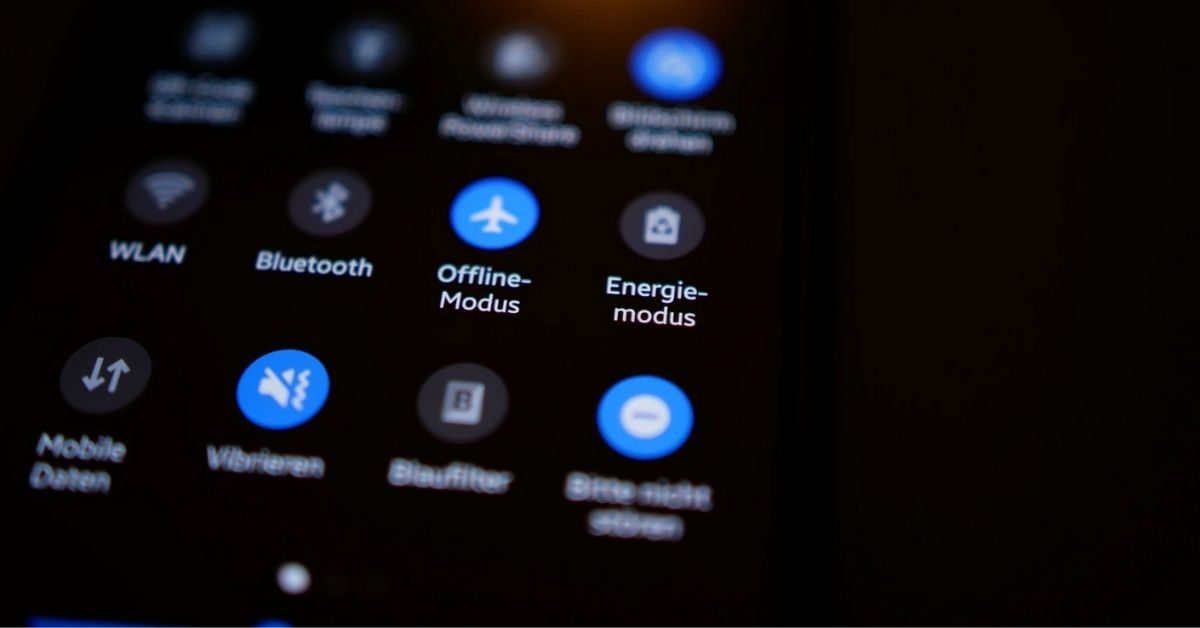
Many devices have a built-in blue light feature available that can dim screen brightness and reduce blue light emissions.
Newer iPhones and other iOS devices have a function called ‘Night Shift’. You can set Night Shift to automatically reduce the blue light coming out of your phone or you can set it manually. To find it, go to Settings > Display & Brightness and look for Night Shift.
When night mode is switched on, you’ll notice a warmer glow coming from your phone.
Research suggests this is an easy way to reduce your blue light exposure by up to 80%.
If you have an Android device, don’t despair! There’s a great app on the Google Play store called Twilight. It’s free and very highly rated. Plus, for the science lovers, it gives lots of information about the science behind what’s going on with blue light.
There are other apps, free and paid, that you can use too to reduce both digital eye strain and blue light exposure.
F.lux is a great choice for your computer screen. It is free and compatible with both Windows, Linux, and Mac OS X.
This app helps reduce eye strain after long hours of computer work by matching the natural lighting of your geographic location. For people working many hours per day on a screen, f.lux is one of the most popular choices for blue light reduction.
4. Blue light reading light
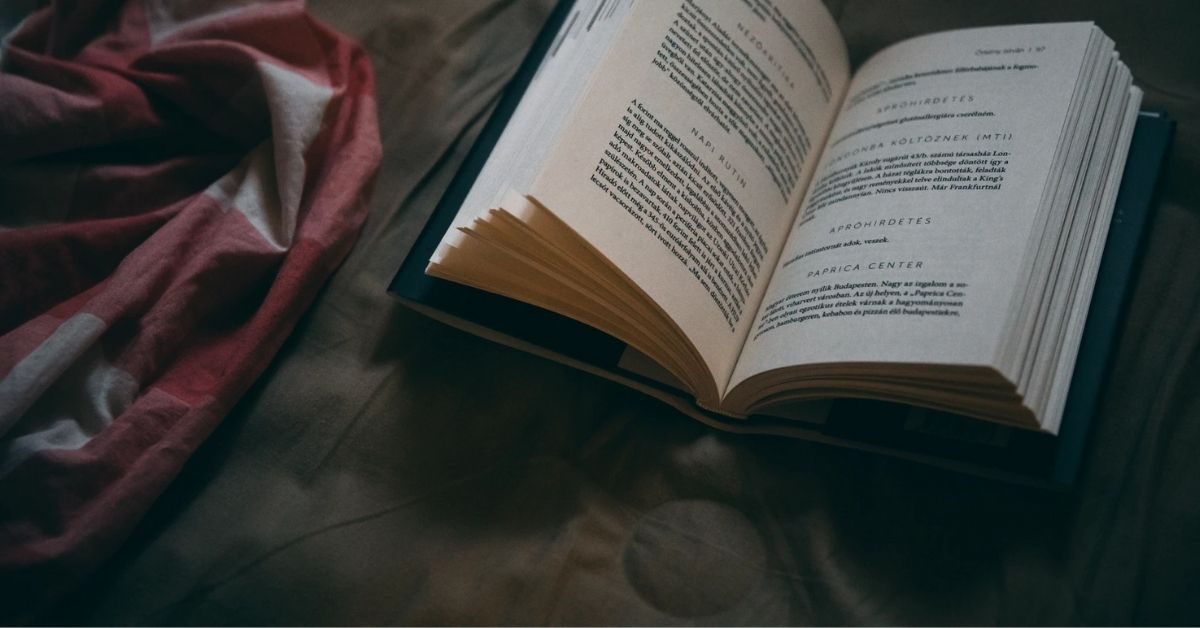
You want to be environmentally friendly so you change all your lightbulbs to energy-efficient LED lighting.
Uh oh.
Earth-saving LED lights emit a lot more blue light than their traditional counterparts. Fluorescent lights are a problem too.
Don’t panic. You don’t have to change everything back if you want to avoid poor sleep. But, if you like reading before you drift off, you may want to consider switching your reading light out for something more slumber-friendly.
You don;’ need a whole new lamp. This could be as simple as changing a light bulb.
One company, Bedtime Bulb, provides a nighttime bulb that can soften the light in your bedroom and make it more conducive to falling asleep.
5. Blue light desk lamp
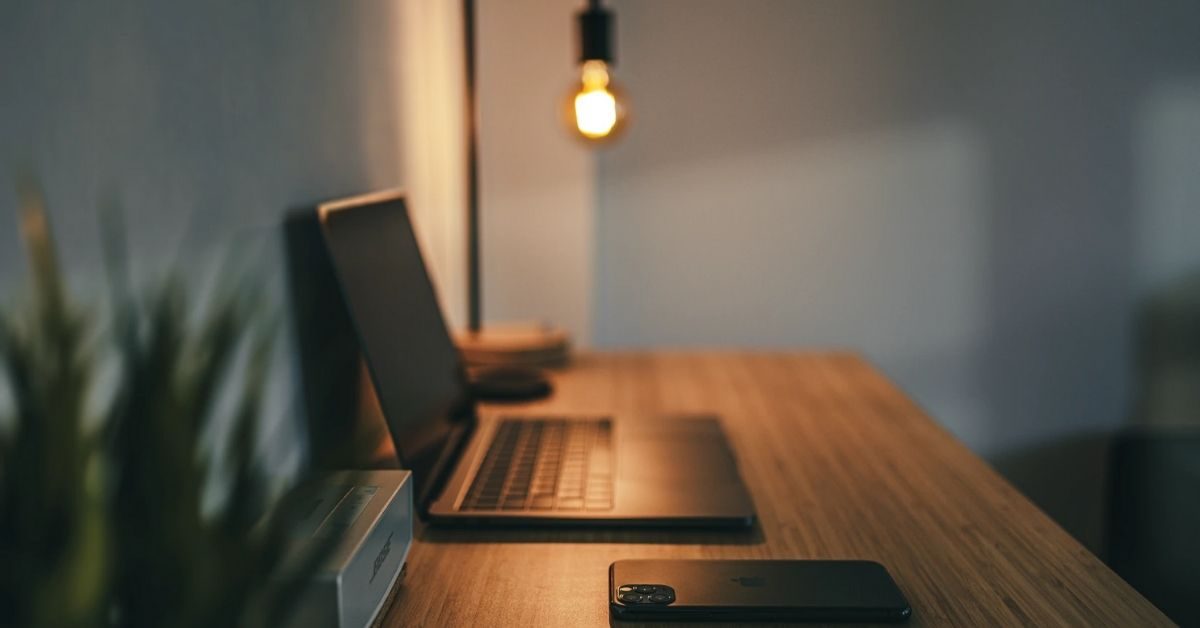
Burning that midnight oil? There are desk lamps that cater to night owls who like to work late nights but are still hoping to drift off to slumberland easily.
If this sounds like you, pick up a blue light desk lamp to help ease eye strain and reduce blue light.
Choose a lamp that you can adjust to the appropriate height. Also, make sure you get a lamp that can shift its light brightness and color temperature. Some even do this automatically depending on the time of day.
Warmer colors at night can make a big difference whether you’re working or just relaxing.
Final Thoughts…
Blue light in the day is great, but at night it can be your worst enemy. Blocking the release of melatonin, causing eye fatigue, affecting your overall eye health, and messing with your internal clock, it’s the cause of sleep issues for many.
There are lots of ways to fall asleep quicker and get better sleep at night, and reducing your exposure to blue light from your digital device is definitely one of them. Follow these tips and tricks to give yourself a fighting chance against wakefulness and an even better chance to wake up with more energy.
Looking for the best weapon? Pick up a pair of blue block glasses and impress everyone with your new style while aiming for optimal health.

Welcome to Snoozerville! I’m Dr. Alex Hartley, your guide to the world of restful sleep. With a Ph.D. in Sleep Science and years of experience as a sleep therapist, I’ve dedicated my life to understanding and improving sleep quality. My passion lies in uncovering the mysteries of sleep and sharing practical, science-backed advice to help you achieve the best rest possible. Beyond my academic pursuits, I’m an advocate for mindfulness and relaxation techniques, which I incorporate into my daily routine. At Snoozerville, I aim to transform your nights, combining the latest research with easy-to-implement tips. Whether you’re a chronic insomniac or just looking to improve your sleep hygiene, join me on this journey towards peaceful, rejuvenating sleep.

